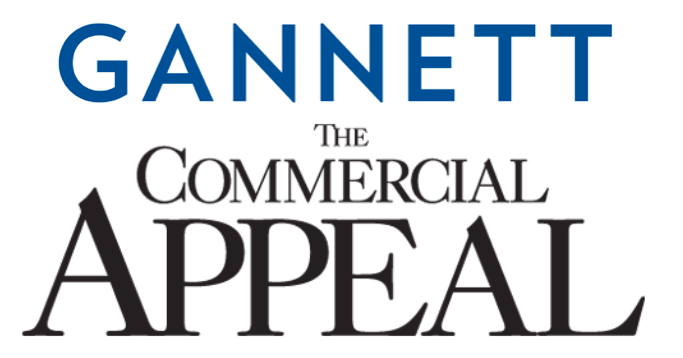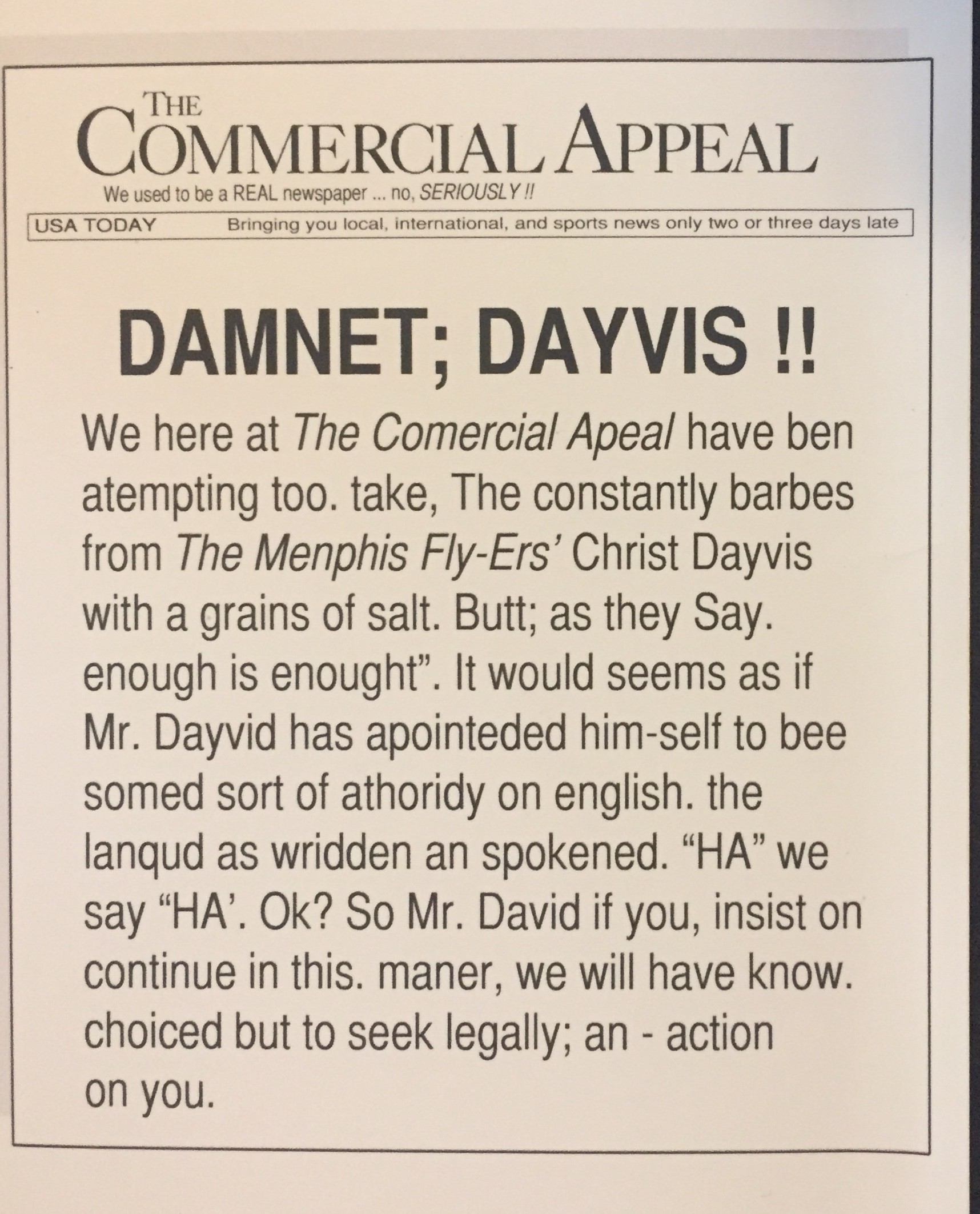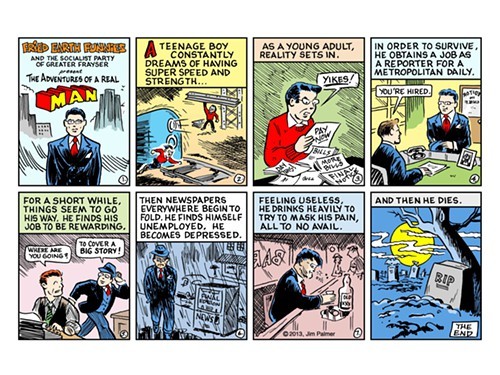 Justin Fox Burks
Justin Fox Burks
Gannett Co.’s board of directors unanimously rejected MNG Enterprises’ offer to buy the company, calling the proposal “not credible” and saying it undervalued Gannett.
MNG proposed buying the newspaper company, owner of The Commercial Appeal, earlier this month, in an unsolicited deal worth $12 per share. The move left many to worry that the company would lay off even more staff at Gannett papers to drive profitability.
But Gannett board chairman Jeffry Louis said the board is optimistic about the company’s future and its digital strategy.
“Our board of directors is confident that Gannett has significant value creation potential,” Louis said in a statement. “Our vision and pursuit of our digital transformation, combined with our USA Today Network strategy, enables us to serve more directly and efficiently the persistent demand of our audiences and customers to engage with their communities.
“We believe that our future — and that of the industry — turns on thoughtful investments in journalism and marketing solutions, so we can deliver engagement when, where, and how our audiences and customers demand it. Delivering on this purpose will deliver value to our shareholders and benefit the communities we serve.” 
“We know there are challenges that face us and our industry. We firmly believe, however, that given our operational expertise, our focus on evolving our business model, and our unwavering commitment to remaining a trusted source of news, we are uniquely positioned to grow this company and its valuable assets.”
[pullquote-1] A news release from Gannett early Monday morning provided some interesting details of the deal proposed by MNG. The company’s actions — before and since its public proposal — “suggest that MNG’s proposal is not credible,” according to Gannett.
MNG did not talk to Gannett officials before a story of the offer appeared in The Wall Street Journal. Gannett received a letter from MNG a day after the story ran, even though “MNG and Gannett management are well known to one another and in fact are partners in significant operations.”
MNG did not give Gannett any information on how it would finance the deal and “failed to address potential regulatory risks and other fundamental issues that Gannett considered important.” Gannett leaders did meet with MNG officials but left with unanswered questions.
“Gannett posed questions to MNG that are routinely addressed by someone making a credible, public, unsolicited takeover proposal: Can MNG fund it? Can MNG close it?” according to Gannett.
[pullquote-2] Without the information, Gannett leaders said they felt uncomfortable signing a non-disclosure agreement with MNG. Gannett said they asked for written responses to questions that would not have required MNG to disclose confidential information. But MNG would not give them any more information about how it would execute the deal.
“In light of this, Gannett now questions MNG’s motives and can only conclude that the proposed nondisclosure agreement is a distraction designed to mask MNG’s inability to finance and complete the proposed transaction,” reads Gannett’s news release. “Indeed, given MNG’s refusal to provide even the most basic answers to Gannett’s questions, it appears that MNG does not have a realistic plan to acquire Gannett.”






 Justin Fox Burks
Justin Fox Burks 
